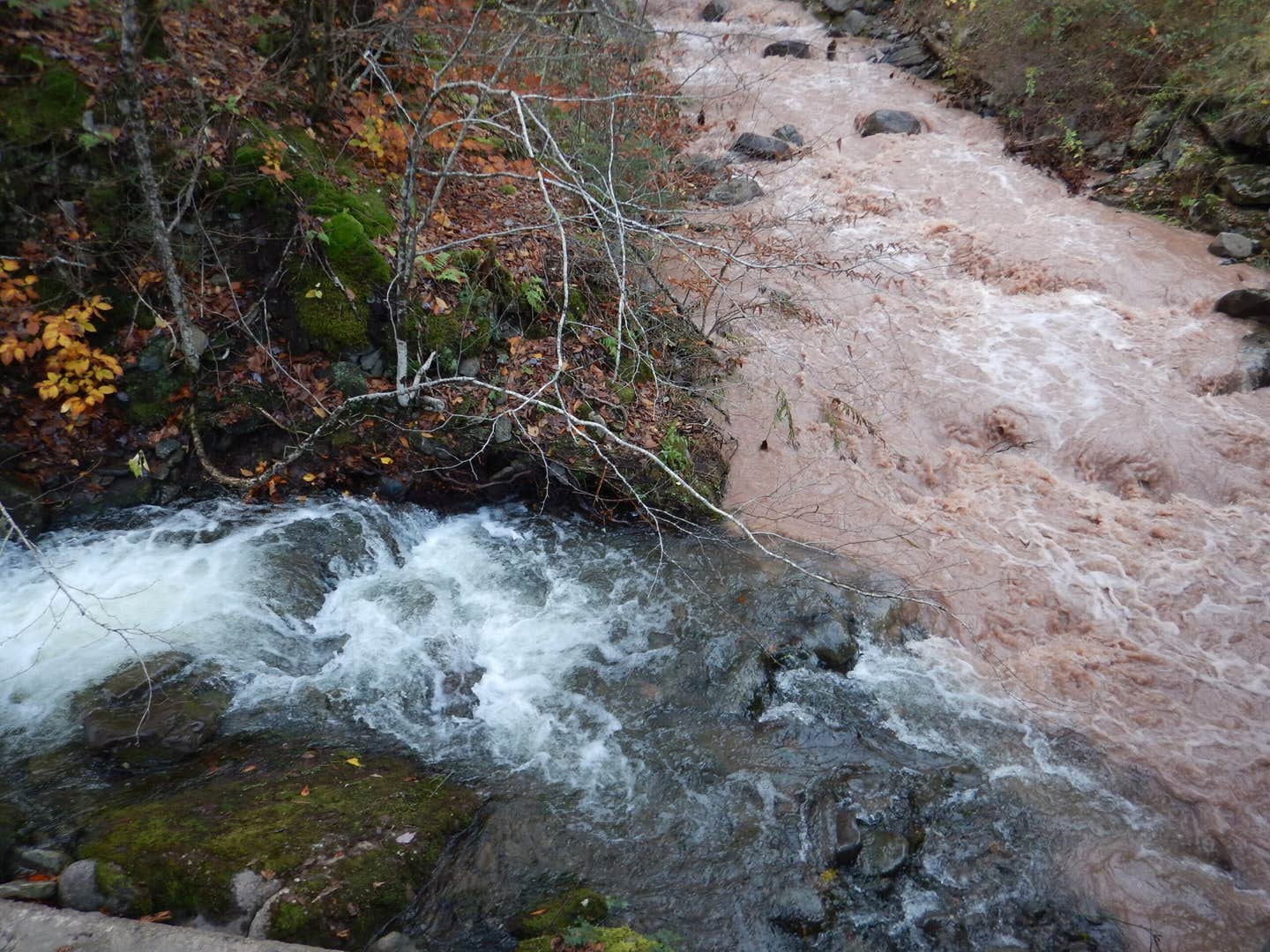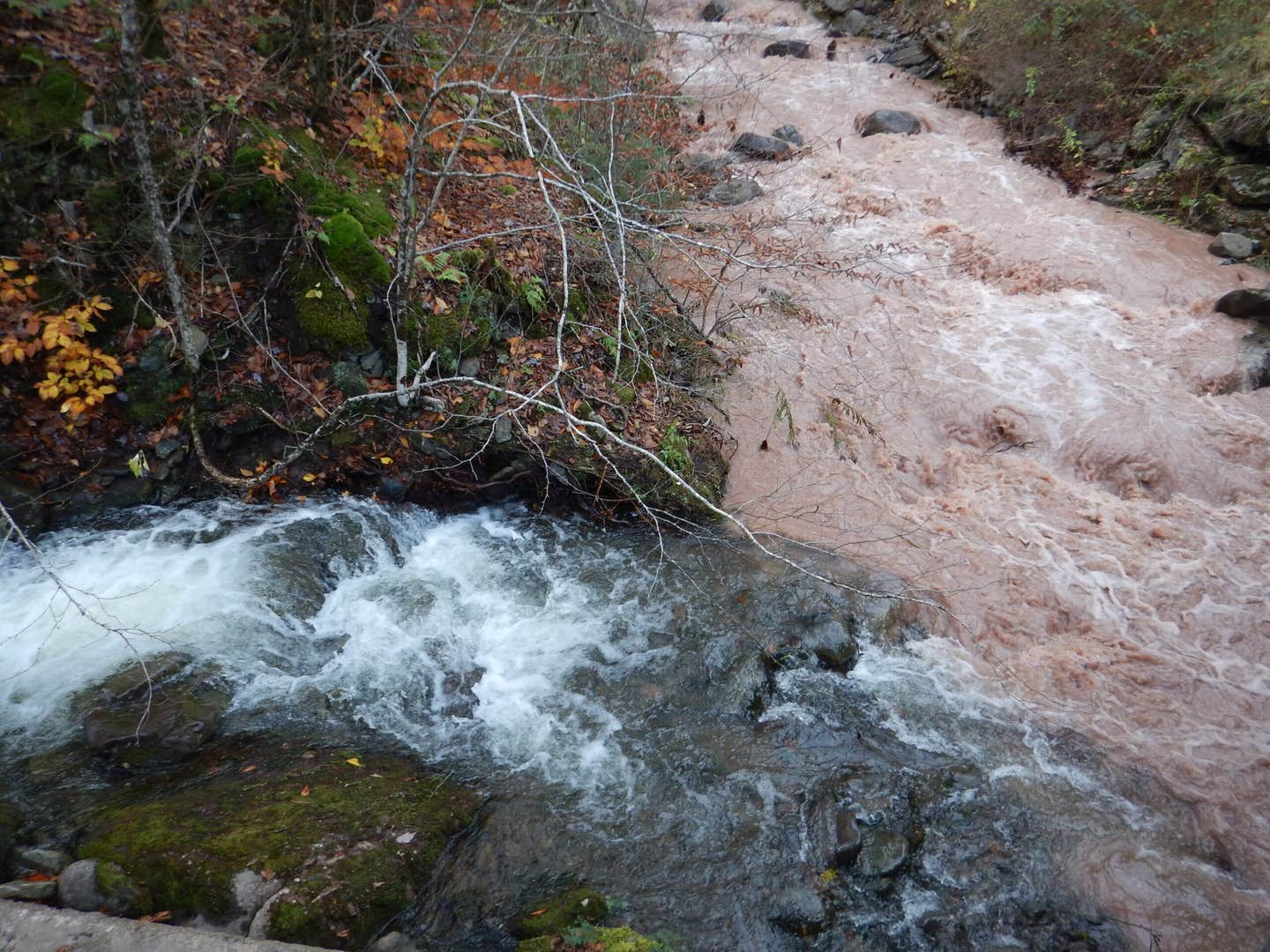Cutting-edge AI Predicts Water Quality Changes
Scientists have developed an AI system that can predict changes in water quality before they occur, offering water systems a new tool to prepare for potential threats. Researchers from the University of Vermont have successfully combined artificial intelligence with the National Water Model (NWM) to forecast turbidity, a measure of water clarity affected by sediment and particles.
The innovative system uses machine learning and real-time stream data to predict when water becomes murky, potentially days in advance. This advancement could help water systems across the country stay ahead of issues like sediment spikes after storms, harmful algal blooms, or fertilizer runoff.

The researchers tested their model on New York State’s Esopus Creek, which flows into the Ashokan Reservoir supplying nearly 40% of New York City’s drinking water. Turbidity is a significant concern for this water source, as high levels during or after storms force the city to limit reservoir use, affecting water delivery and costs.
How Machine Learning Improves Forecasts
The team built their forecast tool using a machine learning model called LightGBM, trained on over five years of sensor readings monitoring turbidity and streamflow. By combining this data with NWM forecasts, the model learned to predict turbidity levels up to three days in advance with high accuracy.
The machine learning approach outperformed simpler models, handling complex landscapes more effectively and producing reliable short-term forecasts. It also identified key conditions affecting turbidity, such as high water flow.
National Implications
The success of this project demonstrates how the model could be useful beyond New York. With support from the Cooperative Institute for Research to Operations in Hydrology (CIROH), researchers are now working to expand the tool’s reach nationwide.
Hundreds of U.S. communities face water quality challenges, and many use sensors to monitor turbidity, nutrients, and pollutants. This forecasting tool could provide early warnings about incoming problems, enabling proactive measures such as preparing water treatment plants for sediment or responding quickly to potential algal blooms.
The model’s structure allows it to be adapted to different needs, targeting various pollutants or conditions like nitrogen, phosphorus, or chloride. As climate change increases storm intensity and sediment risks, being able to predict these events could help reduce health risks, protect ecosystems, and save on water treatment costs.
This project showcases the potential of combining data science and environmental science to address pressing issues. With continued support, such models could become integral to national water resource management in the coming years.


